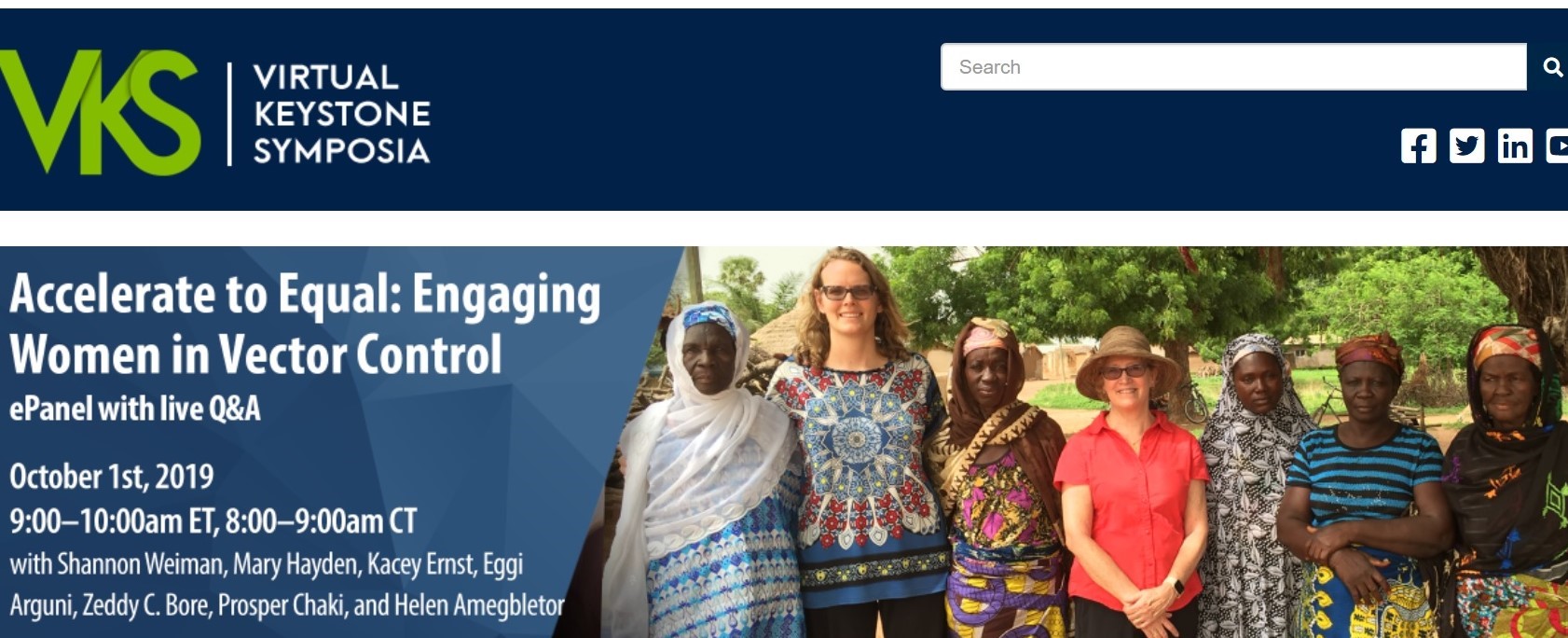Last Updated: 19/06/2024
Cocreating solutions to address gaps in outdoor malaria transmission with local communities: an exploratory study in Busia County, western Kenya
Objectives
This proposal utilizes qualitative research methods to inform a human centered design approach to develop solutions to outdoor malaria exposure.
Malaria prevalence in Kenya is 6.8% with the highest being in the lake endemic zone of Kenya at 22.8%. Although, long-lasting insecticidal nets (LLINs) and indoor residual praying (IRS) have played a major role in reducing the burden of malaria, progress has stagnated indicating gaps in the protection core vector control tools can give. Outdoor biting mosquitoes and pyrethroid resistant mosquitos are among the leading challenges to global malaria elimination efforts. To continue making progress towards the goals outlined in the Global Technical Strategy for Malaria 2016-2030, it is not only the need for new vector control tools, but also new approaches to malaria prevention that are firmly rooted in the experiences, challenges, and needs of affected communities. This includes utilizing empathetic research methods to develop insights and ideating potential solutions with the affected community through co-creation sessions. This approach will help to ensure that control measures are appropriate to the local setting to achieve optimum success.
Mar 2022 — Aug 2024
$159,419
